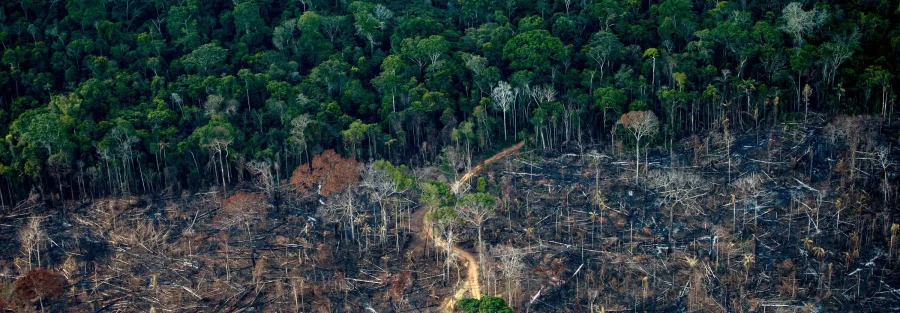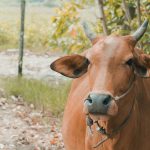Role of Livestock in Reforestation: A Careful and Sustainable Approach
Reforestation is a critical tool in our battle against climate change and the loss of biodiversity. Planting trees helps to restore ecosystems, sequester carbon dioxide, and protect habitats for various species. While the focus is often on traditional methods of reforestation, such as tree planting initiatives, we should also consider the potential role of livestock in this process. By managing livestock carefully and implementing sustainable practices, we can harness their beneficial impact on reforestation efforts. In this blog essay, we will explore how livestock can contribute to the reforestation process when integrated thoughtfully into land management strategies.
Agroforestry: A Synergistic Relationship
Agroforestry, the intentional integration of trees into agricultural landscapes, provides an opportunity to combine livestock management with reforestation efforts. By planting trees on pastures and integrating them into grazing systems, we can create a mutually beneficial relationship between livestock and reforestation. Trees offer shade for animals, reducing heat stress and improving their welfare. Additionally, their roots help prevent soil erosion and improve water retention, creating a healthier environment for both plants and animals.
Nutrient Cycling and Soil Health
Livestock play a crucial role in nutrient cycling and soil health. By carefully managing their presence and movement, we can enhance the fertility of the land and facilitate reforestation. Manure, a byproduct of livestock, serves as a valuable organic fertilizer. When distributed properly, it enriches the soil with nutrients necessary for tree growth. Integrating livestock into reforestation projects can help restore nutrient-depleted soils, providing a fertile ground for new tree seedlings to thrive.
Sustainable Grazing Practices
Sustainable grazing practices are key to ensuring livestock contribute positively to reforestation. Rotational grazing systems, where animals are moved periodically between smaller pastures, allow for better vegetation management. This approach prevents overgrazing, promotes the growth of desirable plant species, and minimizes damage to young trees. Strategic planning and monitoring of grazing patterns can optimize the balance between livestock utilization and reforestation goals, ensuring the long-term success of both endeavors.
Supporting Local Communities
In many regions, livestock is an integral part of the local economy and culture. By incorporating livestock into reforestation projects, we can engage and support these communities, fostering a sense of ownership and stewardship. Local knowledge and expertise in livestock management can be harnessed to develop sustainable strategies that align with the needs of both the environment and the community. This collaboration promotes the long-term viability of reforestation initiatives while benefiting the livelihoods of those involved.
The Potential of Silvopastoral Systems
Silvopastoral systems offer a promising approach to combining livestock and reforestation efforts. These systems integrate trees, forage crops, and grazing animals in a harmonious manner. The trees provide shade, timber, and additional carbon sequestration, while the forage crops support livestock nutrition. Silvopastoral systems can contribute to biodiversity conservation, reduce greenhouse gas emissions, and promote sustainable land management practices. Implementing these systems in appropriate landscapes can generate multiple environmental and economic benefits, ensuring the success of reforestation projects.
Conclusion
Livestock, when managed carefully and integrated thoughtfully into land management strategies, can play a valuable role in the reforestation process. Through agroforestry, nutrient cycling, sustainable grazing practices, and the development of silvopastoral systems, we can harness the positive impact of livestock on reforestation efforts. By recognizing the synergies between livestock management and environmental goals, we can create a sustainable and holistic approach to restoring our forests and protecting our planet. With careful planning and collaboration – Talk to us today



